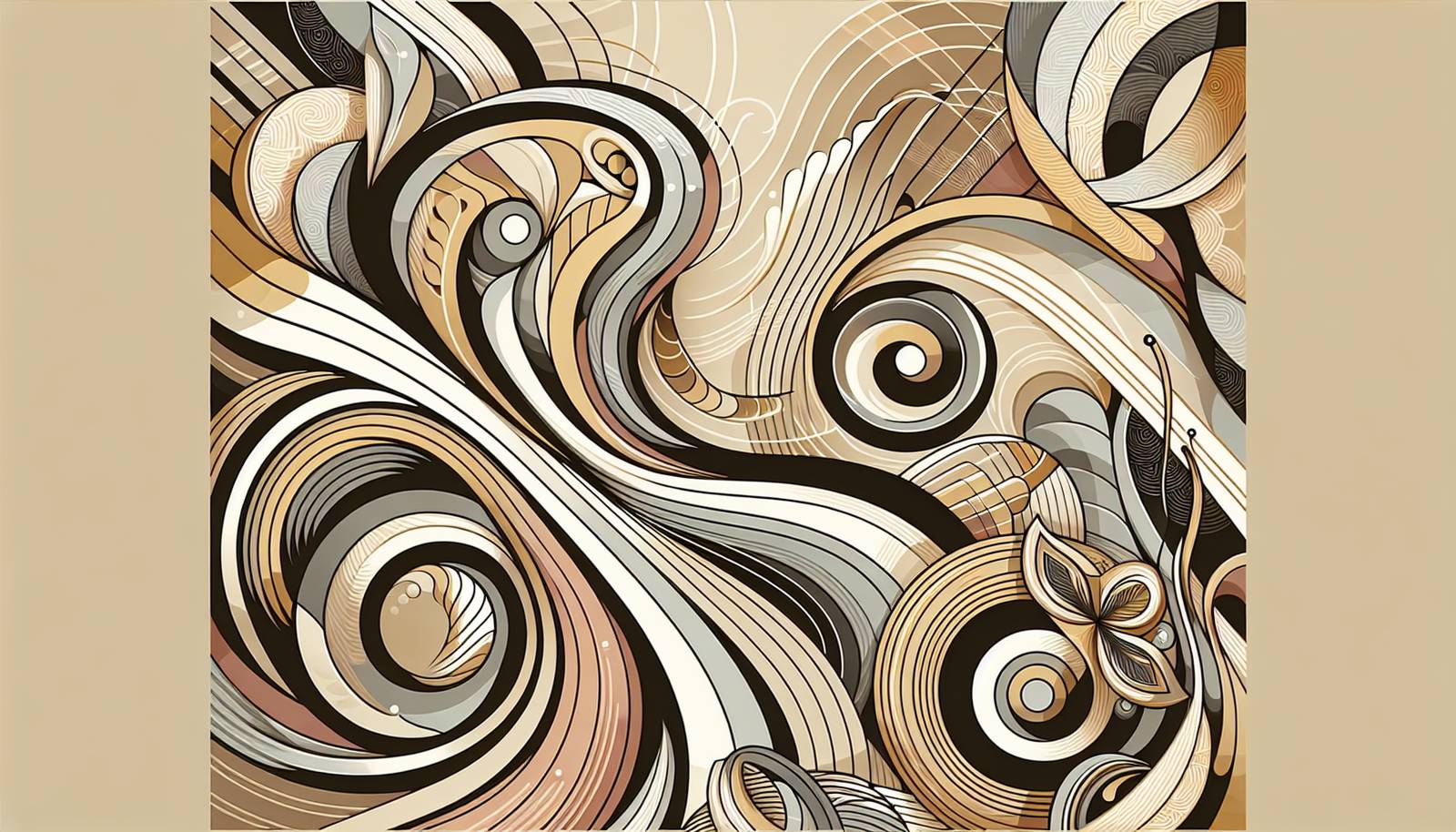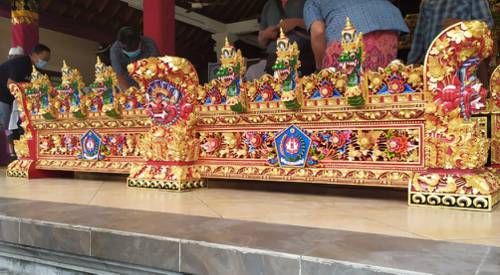
FAQ About The Role of Gamelan Music in World Music Fusion

What is Gamelan music?
Gamelan music is a traditional form of orchestral music from Indonesia, prominently found on the islands of Java and Bali. It is characterized by the use of percussive instruments such as metallophones, gongs, xylophones, and drums, often complemented by bamboo flutes and stringed instruments. The music often accompanies various cultural events, including dances, rituals, and ceremonies.

How has Gamelan music influenced world music?
Gamelan music has significantly influenced world music by promoting the fusion of Western and non-Western music traditions. It has inspired a range of composers and musicians, including Claude Debussy and John Cage, who incorporated elements of Gamelan into their works. The distinct rhythmic structures and tonal qualities of Gamelan have encouraged musicians worldwide to experiment with new sounds and compositional techniques.

Which Western composers were influenced by Gamelan music?
Several Western composers have been influenced by Gamelan music, most notably Claude Debussy and John Cage. Debussy was introduced to Gamelan at the 1889 Paris Exposition and incorporated its scales and textures into his music. John Cage also drew inspiration from Gamelan, using its unique rhythmic and percussive elements to inform his compositions.

What are the primary instruments used in a Gamelan orchestra?
A Gamelan orchestra typically consists of a variety of percussive instruments, including metallophones such as the saron and the gender, a set of gongs in various sizes, kendang (drums), and the bonang (a set of small gongs played with mallets). Additionally, the ensemble may include a suling (bamboo flute) and a rebab (stringed instrument).

In what ways has Gamelan music been fused with other music genres?
Gamelan music has been fused with various music genres, including jazz, electronic, and classical music. Musicians and composers have integrated Gamelan's unique rhythms and tonalities with different musical forms, creating hybrid styles that bridge cultural differences. This fusion is evident in works by artists such as Steve Reich and groups like the American gamelan ensembles, which often collaborate with classical and jazz musicians.

What role does Gamelan music play in Indonesian culture?
Gamelan music plays a central role in Indonesian culture, serving as a crucial element in ceremonies, traditional dances, rituals, and theatrical performances such as wayang kulit (shadow puppet theater). It is considered an essential part of cultural identity in regions like Java and Bali, reflecting the community's social, religious, and historical narratives through music.

Can Gamelan music be found outside of Indonesia?
Yes, Gamelan music has gained international popularity and can be found in numerous educational institutions, cultural organizations, and music ensembles worldwide. These groups often study and perform traditional Indonesian pieces while also experimenting with new compositions that incorporate Gamelan within various global music contexts.

How do musicians learn to play Gamelan music?
Musicians typically learn to play Gamelan music through traditional music schools or community cultural centers in Indonesia, where knowledge is passed down from experienced players to novices. Internationally, Gamelan is taught at several universities and through community workshops, often emphasized by a focus on oral tradition and group learning rather than written scores.

What are some unique features of Gamelan music?
Gamelan music is known for its distinct features such as its cyclical form, layered textures, and interlocking patterns, creating a complex yet harmonious sound. The music often uses a pentatonic scale and features a combination of fixed and improvisational elements, which allows for both structure and flexibility in performance.

Has Gamelan music been used in modern pop culture?
Yes, Gamelan music has been used in various forms of modern pop culture, including film scores, television soundtracks, and contemporary music compositions. Elements of Gamelan can be heard in Hollywood films like "The Year of Living Dangerously" and "Avatar," enhancing scenes with its exotic and immersive qualities.

What challenges are faced in fusing Gamelan with other music styles?
Fusing Gamelan with other music styles involves challenges such as balancing different tuning systems, finding complementary rhythms, and maintaining the integrity of both musical traditions. Artists often need to deeply understand both Gamelan and the other genre they are working with to create a successful fusion. These challenges also offer opportunities for innovation in world music.

Are there any well-known festivals or events celebrating Gamelan music?
Yes, there are several international festivals and events celebrating Gamelan music. These include the Bali Arts Festival in Indonesia, featuring a variety of traditional performances, and the UK Gamelan Festival, which gathers ensembles from around the world to showcase the diversity within the Gamelan tradition through workshops and performances.

How does Gamelan music differ between Java and Bali?
While Javanese and Balinese Gamelan music share many similarities, they have distinct differences. Javanese Gamelan tends to be more serene and dignified, with a focus on slower tempos and deeper resonance. In contrast, Balinese Gamelan is often brighter, faster, and more dynamic, reflecting the lively and dramatic cultural expressions of the region.

How do cultural exchanges impact the evolution of Gamelan music?
Cultural exchanges play a crucial role in the evolution of Gamelan music, facilitating the sharing of techniques, styles, and compositions across different cultures. These exchanges can happen through international collaborations, academic research, and cultural diplomacy, enriching the tradition of Gamelan while integrating new influences that inspire innovation and growth.

What influence did Gamelan music have on the 20th-century avant-garde movement?
During the 20th century, Gamelan music greatly influenced the avant-garde movement, inspiring composers to explore non-traditional scales, rhythmic structures, and instrumentation. Figures like John Cage and Lou Harrison were notably impacted by Gamelan, incorporating its elements into their experimental compositions and broadening the horizons of contemporary classical music.

What are some famous works or recordings that incorporate Gamelan music?
Notable works that incorporate Gamelan music include "Pagodes" from Claude Debussy's "Estampes," which reflects the influence of Javanese Gamelan, and John Cage's "Sonatas and Interludes," which draws upon the rhythmic and spiritual aspects of the music. These compositions highlight how Gamelan's unique qualities can be integrated into Western classical music.

What is the historical significance of Gamelan music in Indonesia?
Gamelan music has historical significance in Indonesia as a symbol of cultural identity and continuity. It has been an integral part of Javanese and Balinese court traditions, carrying deep spiritual and ceremonial meanings. Gamelan was also historically used to communicate social structures and local mythology, reinforcing communal values and cultural heritage.

How does Gamelan music typically accompany traditional dance in Indonesia?
In Indonesia, Gamelan music typically accompanies traditional dance by providing rhythmic and melodic cues that synchronize with the dancers' movements. The musical patterns and tempo adjust to accentuate the drama and emotion of the dance, creating a dynamic interplay between music and choreography. This integration enhances the storytelling aspect of traditional performances.

Is there a specific notation system used for Gamelan music?
Gamelan music traditionally relies on oral transmission, but some notation systems have been developed, like the kepatihan notation, which uses numbers to denote pitches and dots to indicate rhythm. While not comprehensive, this system helps document the music and allows for learning and sharing compositions, especially in educational contexts outside Indonesia.

How can one experience Gamelan music outside of Indonesia?
To experience Gamelan music outside of Indonesia, one can attend performances by local and international Gamelan ensembles, often hosted at cultural festivals, universities, and music events. Additionally, many educational institutions offer workshops and courses on Gamelan music, providing hands-on learning experiences for those interested in this musical tradition.
